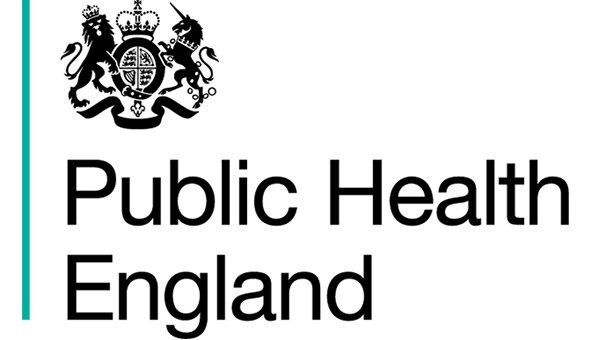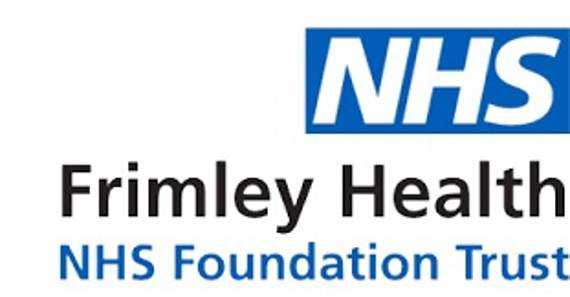Making a diagnosis of carbon monoxide (CO) poisoning is difficult, particularly if the healthcare professional does not have a raised suspicion that CO is the cause of their patient’s symptoms. This is largely due to the symptoms of CO poisoning mimicking those of other more common illnesses. Also, because once exposure to CO stops, the original symptoms of poisoning often diminish.
The results of tests currently available for detecting CO exposure then become increasingly ambiguous as time since exposure increases. Even when the results of such tests are useful, they are still limited to confirming or refuting exposure to CO.
Information on levels of exposure, confirmation of effective treatment, the effects CO has had on the health of the patient, and the long term health of the patient, cannot be obtained.
Having a way of testing for exposure to CO, even when exposure has stopped, would significantly help patient management.
With previous funding from the Gas Safety Trust (GST), Newcastle University have identified a panel of 22 potential changes in white blood cells associated with CO exposure. These 22 changes provide a possible “signature” left behind when CO enters white blood cells.
These changes might be useful in confirming exposure to CO, but also might identify what effects CO exposure is likely to have caused on the body.
These findings also suggest the potential for the changes observed to be turned into a clinical test that is superior to those that currently rely on recent or high levels of CO exposure, that could be used to assist healthcare professionals in the treatment and management of their patient.
To further develop these markers into a useable test, the project will review:
- How useful these markers are in determining how much CO a person might have been exposed to
- How long these changes last once CO exposure has stopped
Blood samples will be taken from volunteers, who will then be exposed to CO as undertaken in our previous research project. The 22 markers in the white blood cells will then be measured to see which markers are best suited to identifying CO exposure and which ones last the longest. These will be the best markers to use in a test.
This project will be testing larger numbers of volunteer samples than in the previous research project, as this will confirm how variable the test is. They will also be testing samples that have been exposed to lower levels of CO.
























